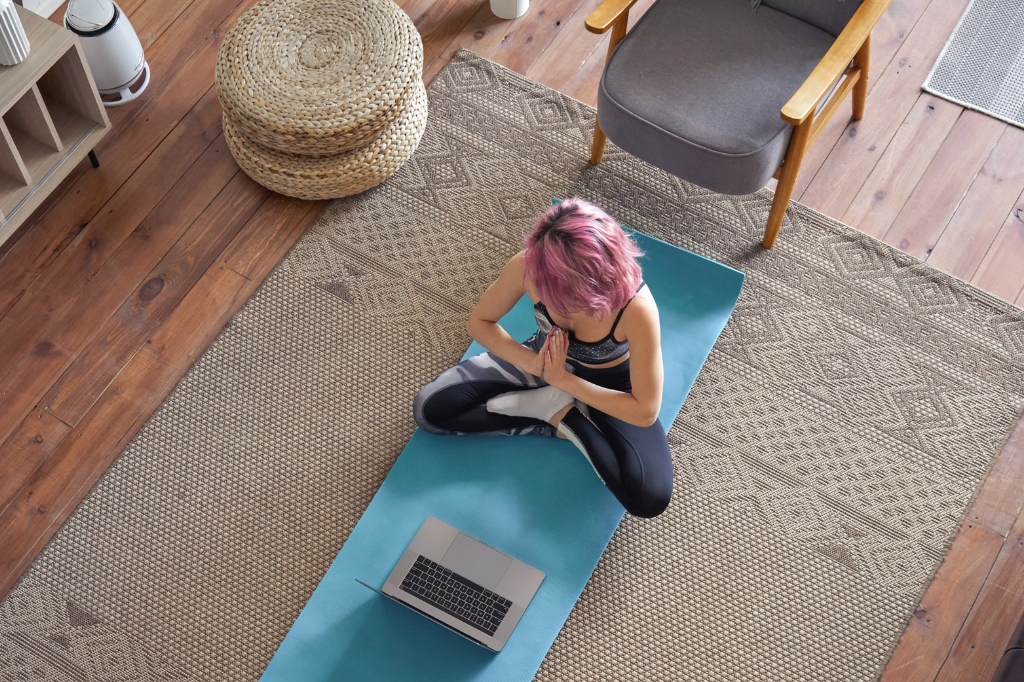In our hyper-connected world, where technology has seamlessly integrated into almost every aspect of our lives, achieving balance is essential. The constant notifications, the never-ending scroll, and the omnipresent screens have left many feeling overwhelmed and drained. This is where the concept of “Digital Wellness” comes into play. It’s about fostering a healthy relationship with technology, and in this article, we’ll explore what digital wellness means and how you can find balance in the digital age.
Understanding Digital Wellness
Digital wellness is the practice of using technology mindfully and intentionally to promote well-being in our lives. It recognizes the impact technology has on our physical, mental, and emotional health and seeks to create harmony between the digital and physical realms.
The digital world is a remarkable place, filled with opportunities for learning, connection, and entertainment. However, if not approached with mindfulness, it can lead to negative consequences. Constant screen time, information overload, and the addictive nature of technology can result in decreased productivity, disrupted sleep, and increased stress levels.
Digital wellness is not about disconnecting from technology entirely. Instead, it’s about leveraging technology to enhance your life while preserving your overall well-being. Here are some key principles to help you navigate the digital landscape with intention and balance:
1. Evaluate Your Digital Diet
Just as you consider the nutritional value of the food you consume, it’s essential to assess the quality of the digital content you consume. This includes the time you spend on social media, news websites, and other online platforms. Are they adding value to your life, or are they contributing to information overload and stress?
Take a moment to declutter your digital life. Unfollow accounts that don’t serve your well-being, unsubscribe from newsletters that no longer interest you, and reduce the time spent on mindless scrolling.
2. Set Boundaries
Establishing boundaries with technology is a crucial aspect of digital wellness. This means creating designated times for technology use and times for disconnecting. For example, you might decide not to use your phone during meal times or within an hour before bedtime. Setting these limits can help you regain control over your digital life.
3. Practice Digital Detox
Periodically, it’s essential to take a break from the digital world to recharge. A digital detox involves stepping away from your screens for a specific period. During this time, engage in activities that don’t involve technology, such as reading a physical book, going for a walk, or spending time with loved ones.
A digital detox can help reduce the stress associated with constant connectivity and promote in-person connections and mental clarity.
4. Prioritize Mindfulness
Mindfulness, the practice of being fully present in the moment, is a valuable tool for digital wellness. When you use technology, do so with intention. Be aware of your actions, whether it’s browsing social media, reading news, or responding to emails. Avoid multitasking and focus on one task at a time.
Mindfulness techniques, such as meditation and deep breathing exercises, can also help you stay centered in a tech-savvy world. These practices can mitigate the stress and anxiety that sometimes arise from being constantly plugged in.
5. Manage Screen Time
The average person spends a significant portion of their day in front of screens. Whether it’s for work or leisure, excessive screen time can have adverse effects on your physical health, including eye strain and poor posture.
Consider using screen time management apps to track and limit the amount of time you spend on your devices. These tools can help you strike a balance between online and offline activities.
6. Embrace Tech-Free Zones
Designate certain areas in your home as tech-free zones. For example, your bedroom could be a sanctuary free from screens, promoting better sleep quality. By creating these zones, you can establish physical boundaries that reinforce your commitment to digital wellness.
7. Cultivate Offline Hobbies
Reconnecting with analog activities can provide a refreshing break from the digital world. Whether it’s painting, gardening, playing a musical instrument, or engaging in a physical sport, offline hobbies can be a source of joy and balance.
8. Seek Support and Connection
Remember, you’re not alone on this journey toward digital wellness. Seek support and connection with others who share your goals. Engage in discussions, share your challenges and successes, and draw inspiration from like-minded individuals.
9. Reflect and Adapt
Finding balance in the digital age is an ongoing process. Regularly assess your digital habits and make adjustments as needed. Life circumstances change, and so do your technology needs and habits. Reflect on what’s working and what isn’t, and be open to adapting your approach.
10. Stay Informed
Stay informed about the latest developments in technology and wellness. Continue to explore resources, like “Wellness in Technology,” to gain insights, strategies, and expert advice on maintaining digital wellness in an ever-evolving digital landscape.
Conclusion
Digital wellness is an essential aspect of modern life. It’s about taking control of your relationship with technology rather than letting technology control you. By practicing digital wellness principles, you can find balance in the digital age, enhance your well-being, and make technology a valuable tool in your life.
Remember, the journey toward digital wellness is personal and ongoing. It’s about being mindful of your digital habits and continually adjusting to find the right balance for your unique needs and circumstances. Embrace the digital age with intention and make it a source of empowerment, connection, and well-being.





One response to “Finding Balance in the Digital Age: A Ultimate Guide to Digital Wellness”
Hi, this is a comment.
To get started with moderating, editing, and deleting comments, please visit the Comments screen in the dashboard.
Commenter avatars come from Gravatar.